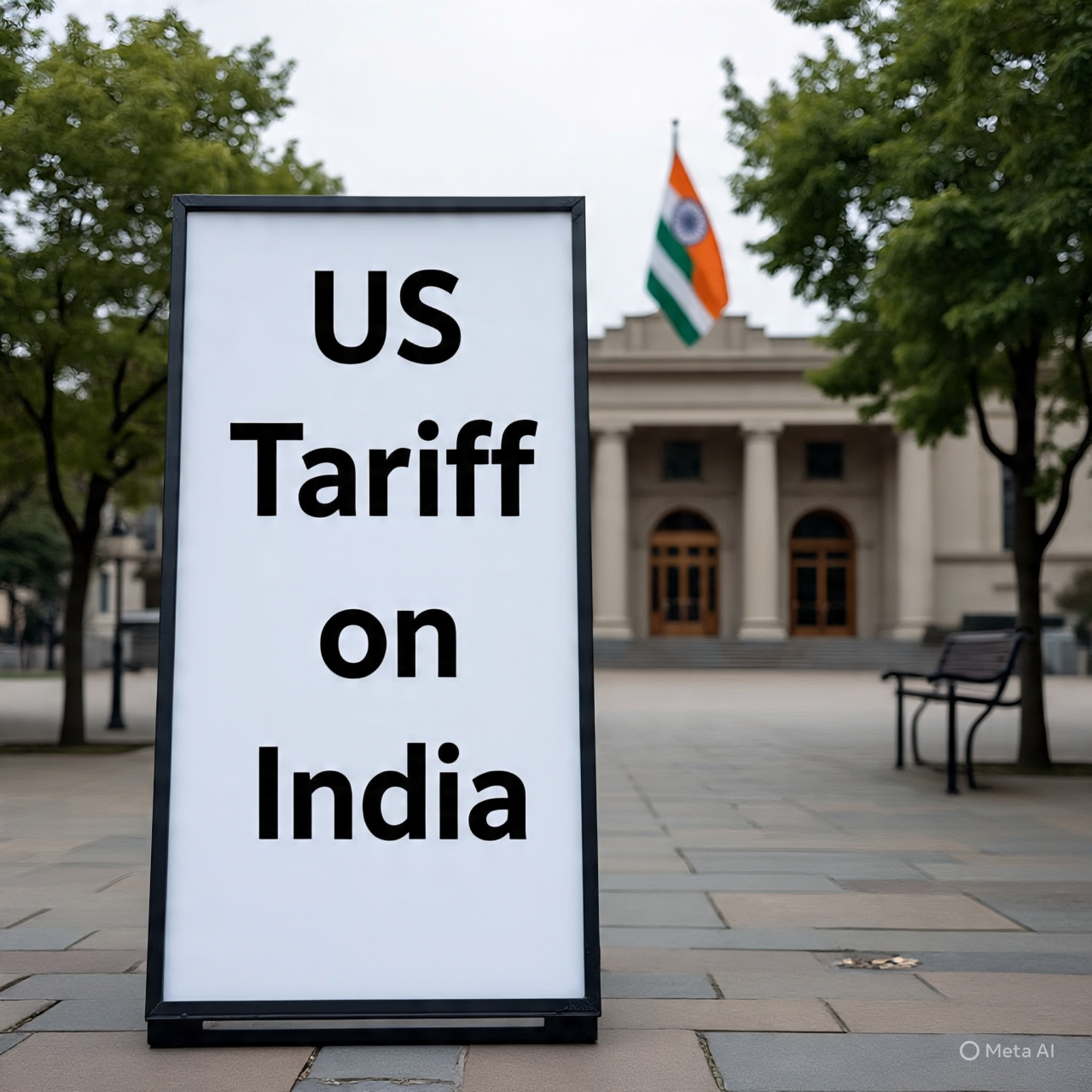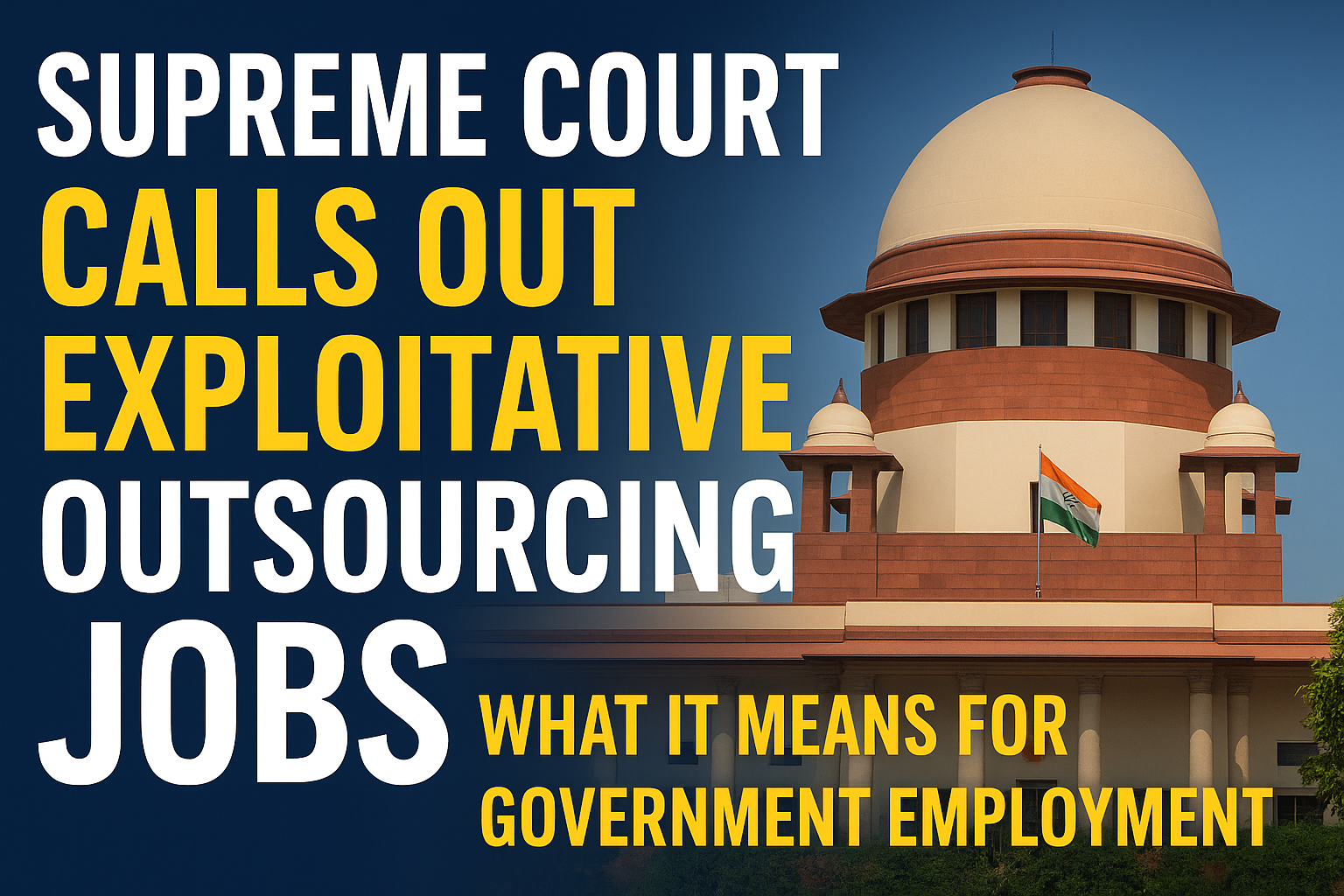
In a landmark move aimed at unlocking India's vast mineral wealth, the Union Coal and Mines Minister, G. Kishan Reddy, has officially launched the country's first-ever auction of Exploration Licences (ELs) for critical minerals. This initiative marks a major shift in India's mining sector by encouraging private sector participation and boosting domestic exploration capabilities.
The auction, which includes 13 exploration blocks, covers a range of critical and deep-seated minerals, including rare earth elements (REEs), lithium, nickel, cobalt, platinum group elements (PGEs), and graphite. The auction was launched in Dona Paula, Goa, in the presence of Goa Chief Minister Pramod Sawant.
A Strategic Push Towards Self-Reliance
The Indian government has identified critical minerals as a key component of its "Atmanirbhar Bharat" (Self-Reliant India) initiative. These minerals are essential for high-tech industries, renewable energy technologies, and the defence sector. The exploration blocks under auction are spread across multiple states, including Andhra Pradesh, Gujarat, Jharkhand, Maharashtra, Uttar Pradesh, Chhattisgarh, Rajasthan, and Karnataka.
With global demand for critical minerals rising due to the shift towards electric vehicles (EVs), renewable energy storage, and advanced electronics, India’s initiative is expected to strengthen its position in the global supply chain.
New Framework to Ensure Transparency and Efficiency
The introduction of a transparent auction regime is one of the most significant reforms in India's mining policy. Previously, mineral exploration was largely controlled by government agencies, but with the new framework, private companies will now have the opportunity to explore up to 1,000 square metres per licence.
Speaking at the event, Union Minister G. Kishan Reddy emphasized that this move will bring efficiency, innovation, and transparency to the mining sector. "We are laying the foundation for a new era in mineral exploration—one that is faster, technologically driven, and globally competitive," Reddy said. "India has established itself as a serious player in the global mineral landscape, and this step will open a floodgate of opportunities for the private sector."
Artificial Intelligence in Mineral Exploration
The event also featured discussions on the use of Artificial Intelligence (AI) in mineral targeting. As part of this initiative, the government launched the AI Hackathon 2025, focused on developing advanced AI-based techniques for mineral exploration.
AI-driven exploration is expected to enhance precision and reduce the time required for identifying promising mineral deposits. This technological shift aligns with India's goal of becoming a leader in mineral discovery and extraction.
Massive Expansion in Exploration Activities
Over the last decade, the Indian government has significantly increased exploration activities, particularly under the leadership of Prime Minister Narendra Modi. Minister Reddy highlighted that exploration efforts had expanded manifold in the past ten years. "The biggest reform we have introduced is a transparent auction regime combined with private sector involvement. This will ensure that only the most promising mineral areas are explored in detail, leading to better resource utilization and economic growth," he stated.
Economic and Strategic Impact of the Initiative
The move to auction exploration licences for critical minerals is expected to have far-reaching economic and strategic implications. Key benefits include:
1. Boosting India's Manufacturing Sector: These minerals are essential for manufacturing semiconductors, electric vehicles, and defence equipment. Increased domestic production will reduce dependency on imports, making Indian industries more competitive.
2. Creating Job Opportunities: The new mining projects will generate thousands of jobs in exploration, extraction, and downstream processing industries, particularly in mineral-rich states.
3. Strengthening National Security: Many critical minerals are used in defence applications. By securing a stable domestic supply, India can enhance its defence manufacturing capabilities and reduce reliance on foreign suppliers.
4. Promoting Foreign Investment: With clear policies and a well-structured auction process, India is likely to attract foreign investors and global mining companies to participate in the exploration and extraction of these minerals.
Challenges Before Implementation
Despite the positive outlook, there are challenges that need to be addressed for the successful execution of this initiative. These include:
Environmental Concerns: Mining activities, if not regulated properly, could impact forests, biodiversity, and local communities. Sustainable mining practices must be enforced to minimize ecological damage.
Infrastructure Development: Many of the mineral-rich areas are located in remote regions with limited infrastructure. Investments in roads, power, and logistics will be necessary to support large-scale mining operations.
Regulatory Compliance: Ensuring compliance with environmental and labour laws will be critical to maintaining ethical and responsible mining practices.
Conclusion
India’s first-ever auction of exploration licences for critical minerals is a transformational step that positions the country as a serious player in the global mining sector. With a transparent and competitive framework, combined with advanced AI-based exploration techniques, India is on its way to reducing import dependency, boosting economic growth, and securing its strategic interests.
As the auction process unfolds, industry experts, investors, and policymakers will closely watch how this initiative reshapes India’s mining landscape in the years to come. If executed efficiently, this could be a game-changer for India's ambitions in high-tech manufacturing, clean energy, and national security.


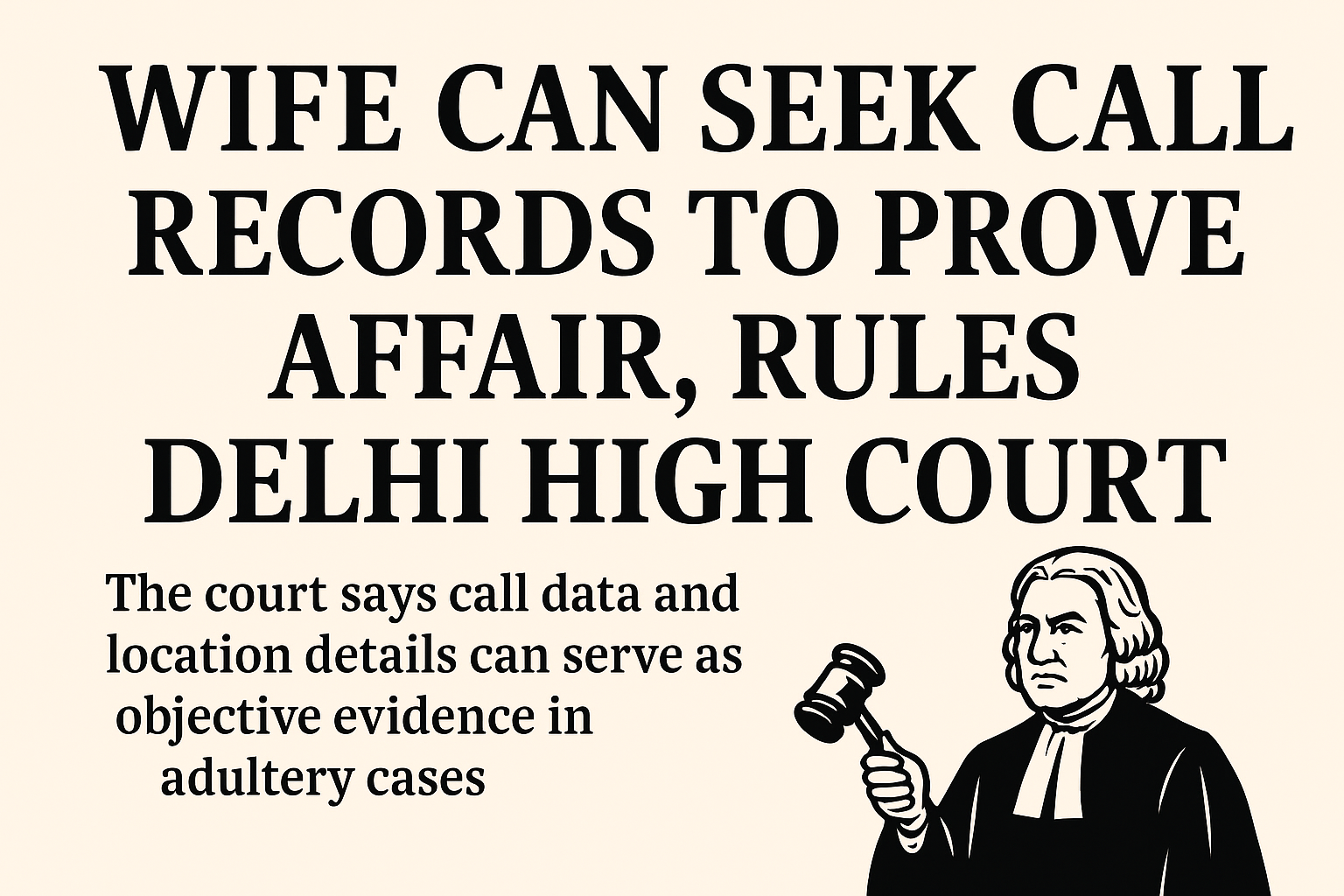
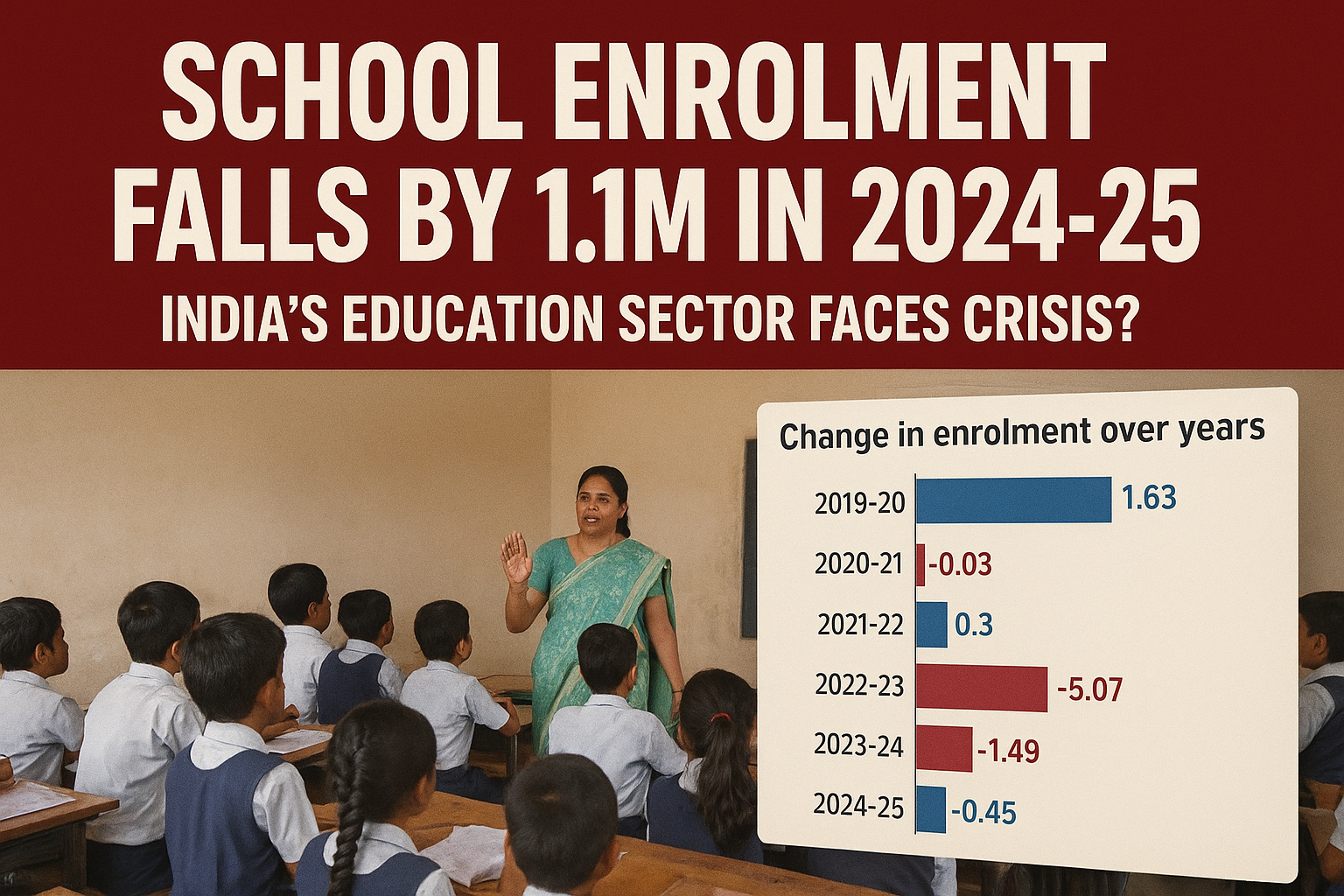
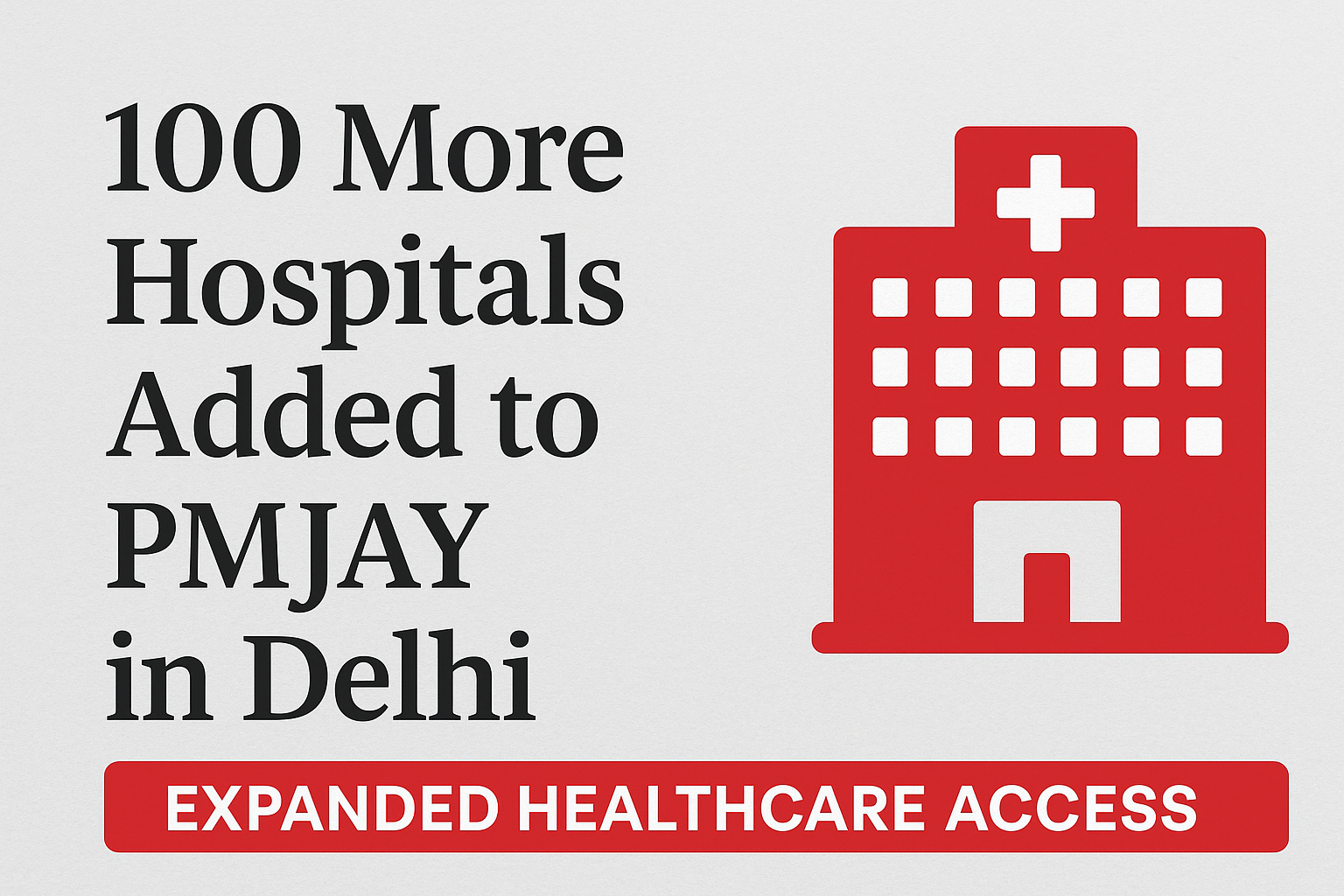

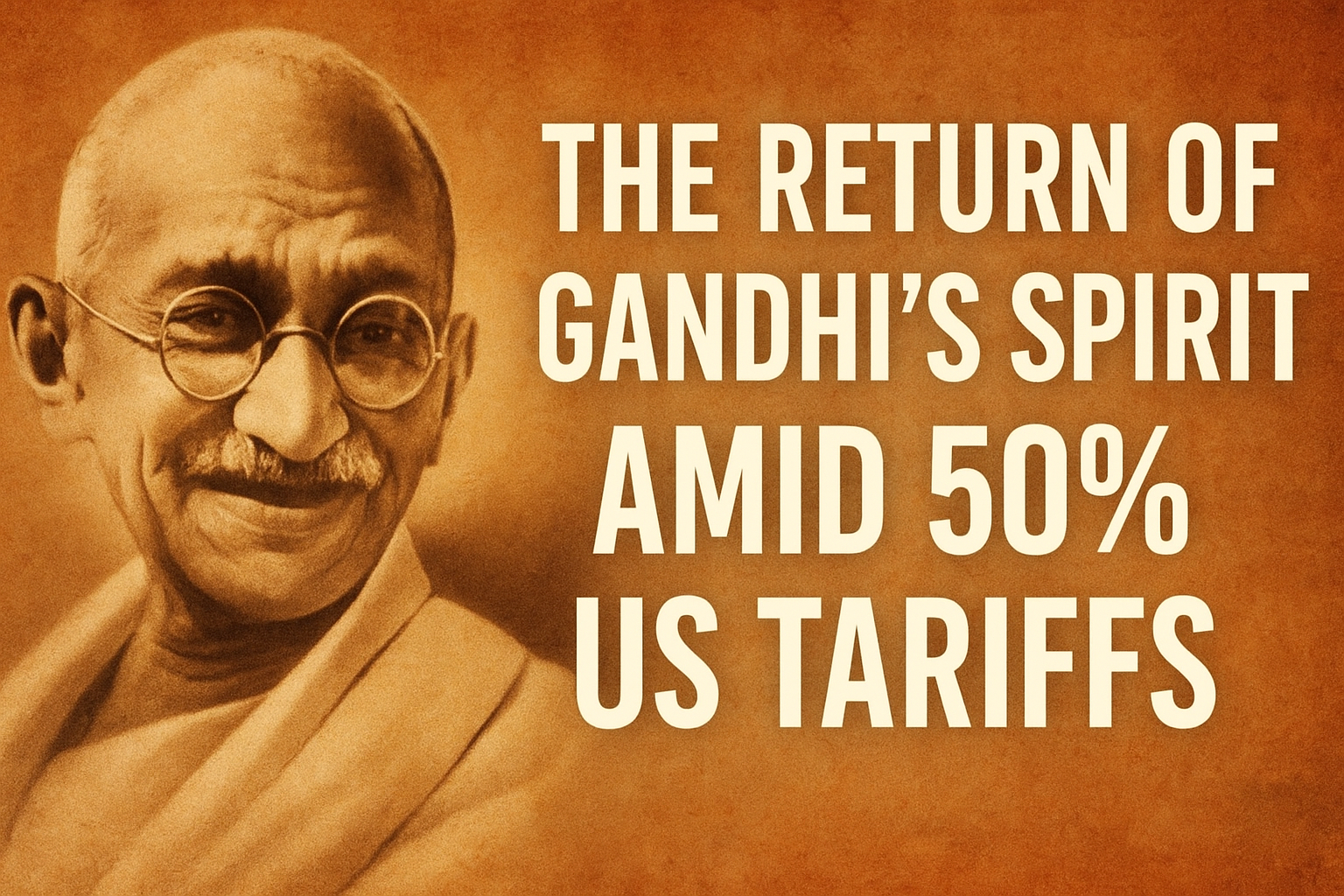

.jpeg)


.jpeg)



